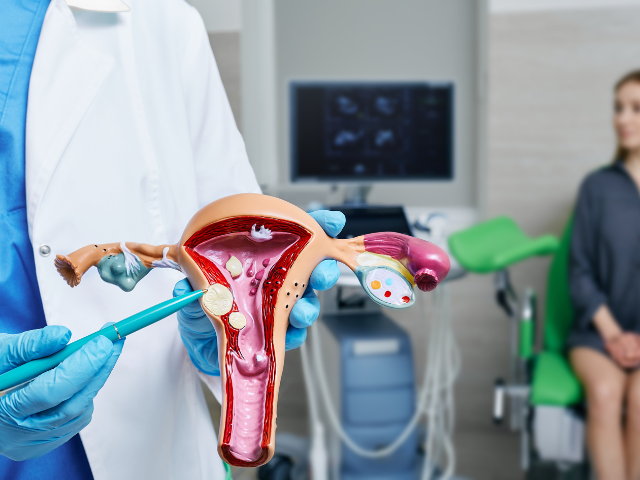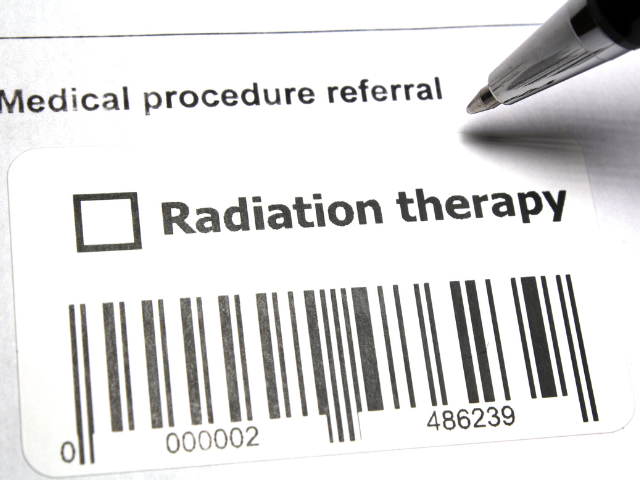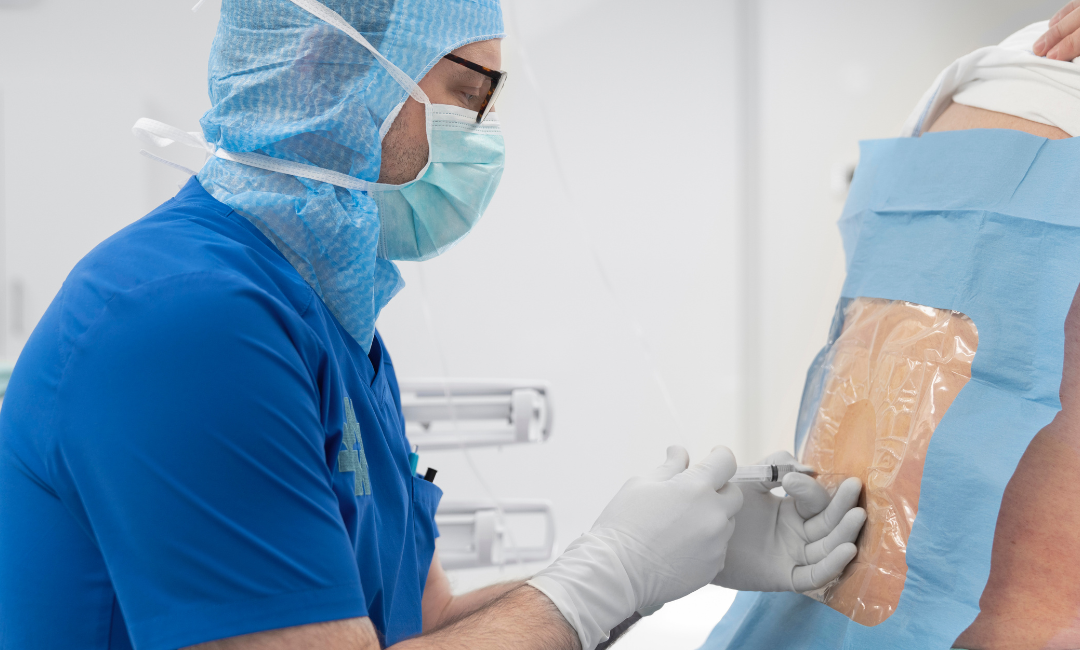Nursing Assessment
In taking a patient’s history, ask about all potential risk factors. A common initial symptom that could indicate the presence of endometrial cancer is abnormal, painless vaginal bleeding that can be either menometorhagia or postmenopausal. Months before this bleeding, the woman may also notice mucoid and water discharge. Postmenopausal women may report vaginal bleeding that began a year or after their menopause. If metastases have occurred in the vagina, a mucosanguineous, odorous vaginal discharge is noted. Younger women may complain about spotting and prolonged heavy periods.
Make sure to ask the patient about pain, fever, and bowel and bladder dysfunction, which are symptoms of an advanced stage of uterine cancer. Assess if they use analgesics for pain relief, as well as the pain’s location, duration, and intensity. Also, check if analgesics are effective.
Physical Examination
For physical examination, conduct a general and gynecological examination. Inform the woman not to douche or bathe for 24 hours before the examination so that the tissue does not wash away. Make sure to check for bleeding or vaginal discharge. Note the characteristics and amount of bleeding. When you palpate the uterus, you will feel it enlarged, and it may reveal a mass because of endometrial cancer.
Psychosocial
Women diagnosed with endometrial cancer are often depressed or angry, going through emotional turmoil, especially if they are nulligravida. Therefore, thoroughly assess the woman’s perception of the disease, check her coping mechanisms, and determine if she has an efficient support system. Ensure the family is included in the assessment. Anger, role disturbances, and ineffective coping can interfere with family functioning and require careful monitoring. If required, refer the patient or their caregiver to therapy.
Planning and Implementation
For uterine cancer, if detected early, the treatment of choice is surgery. A total abdominal hysterectomy is done in which the fallopian tubes and ovaries are removed with bilateral saplingo-oophorectomy. However, the procedure poses a risk for hemorrhage, infection, and thromboembolic diseases. You should inform the patient that they cannot conceive after a hysterectomy. Moreover, premenopausal women experience menopause and become sterile with ovary removal. Post-surgery, hormone therapy is given.
In a total pelvic exenteration or removal of the cavity contents, the surgeon removes all the organs in the pelvic floor, including the bladder, rectum, and vagina. This procedure is performed when the disease is contained in areas without metastasis. However, if lymph nodes are involved, this procedure usually will not be a cure.
Radiation therapy may be given in combination with surgery, either before or after. In some cases, it is also used alone, depending on the staging of the disease, if the tumor is not well differentiated, or if the carcinoma is extensive. Radiation can used for significantly older adults with an advanced stage of endometrial cancer for whom surgery does not help improve the quality of life.
With radiation, complications can occur, such as cystitis, hemorrhage, urethral stricture, proctitis, and rectal ulceration. Brachytherapy, or external radiation therapy, may begin six weeks before surgery to limit the recurrence of cancer or for survival improvement. Moreover, an internal radiation device may also be implanted during surgery. If the surgery involves the insertion of a radiation implant, postoperative management should include radiation precautions. Provide the patient with a private room and follow the principles to protect against radiation exposure, including distance, time, and shielding. The greater the distance from the radiation source, the less exposure to the ionizing rays. The same is the case with time. The less time spent near the patient providing care, the less radiation exposure. Moreover, the radiation source determines if lead shields are necessary to provide care. All healthcare professionals coming in close contact with a “hot” patient, the one with an internal radiation implant, should monitor their exposure with a monitoring device such as a film badge.
Teaching
For uterine cancer, the primary emphasis is on prevention by reducing exposure to its risk factors or by early detection. Encourage all women, especially of menopausal age, to schedule regular screening visits and checkups, including gynecological exams, with their healthcare provider. Tell them to report any abnormal vaginal bleeding soon and not delay the checkup.
Discuss the risk factors of endometrial cancer and inform them if they are at risk. Encourage the older-aged menopausal women to examine their vagina regularly and to check for any abnormal discharge.
If the patient presents with heavy vaginal bleeding, she can develop dehydration and shock. Check her for symptoms that include rapid and thready pulses, dry mucus membrane, restlessness, delayed capillary refill, and changes in mental status. If required, rehydrate her through IV fluids and ask her to drink lots of fluid, especially plain water, avoiding caffeinated beverages.
Before surgery and radiation therapy, the patient requires counseling and careful instructions. Explain the procedures and notify her what to expect post-surgery. Once surgery is complete, teach her deep breathing and coughing exercises. Also, compel the patient to eat a healthy and balanced diet that helps promote wound healing and maintains good skin integrity. Make the patient wear antiembolism stockings that help maintain blood circulation and prevent blood clot formation.
If the patient is premenopausal, it is essential to inform her that she will undergo menopause after surgery when her ovaries are removed, and she cannot conceive anymore. Highlighting this topic with her partner is also essential. Make sure to inform both of them with a thorough explanation and counseling.
Furthermore, if the woman undergoes total pelvic exenteration, her vagina is removed, and she cannot engage in vaginal sex anymore. For that, the couple should seek expert advice on maintaining intimacy.
During external radiation therapy, the patient should know the expected adverse effects it causes, such as skin irritation and diarrhea. Also, highlight the significance of adequate rest and nutrition with radiation therapy. Explain to the woman not to remove ink markings on the skin because they direct the location for the radiation.
Uterine cancer can affect a woman’s mental health and lead to anger and depression. Encourage her to express her emotions without fear of judgment.
It is worth noting that surgery and radiation may have a profound effect on the patient’s sexual life and sexuality. Encourage the patient and their partner to seek counseling and provide information on alternatives to traditional sexual intercourse if appropriate. If you notice that the patient does not have sound supporting systems and coping mechanisms to meet her needs, help her find others and connect her to support groups that can be helpful.









